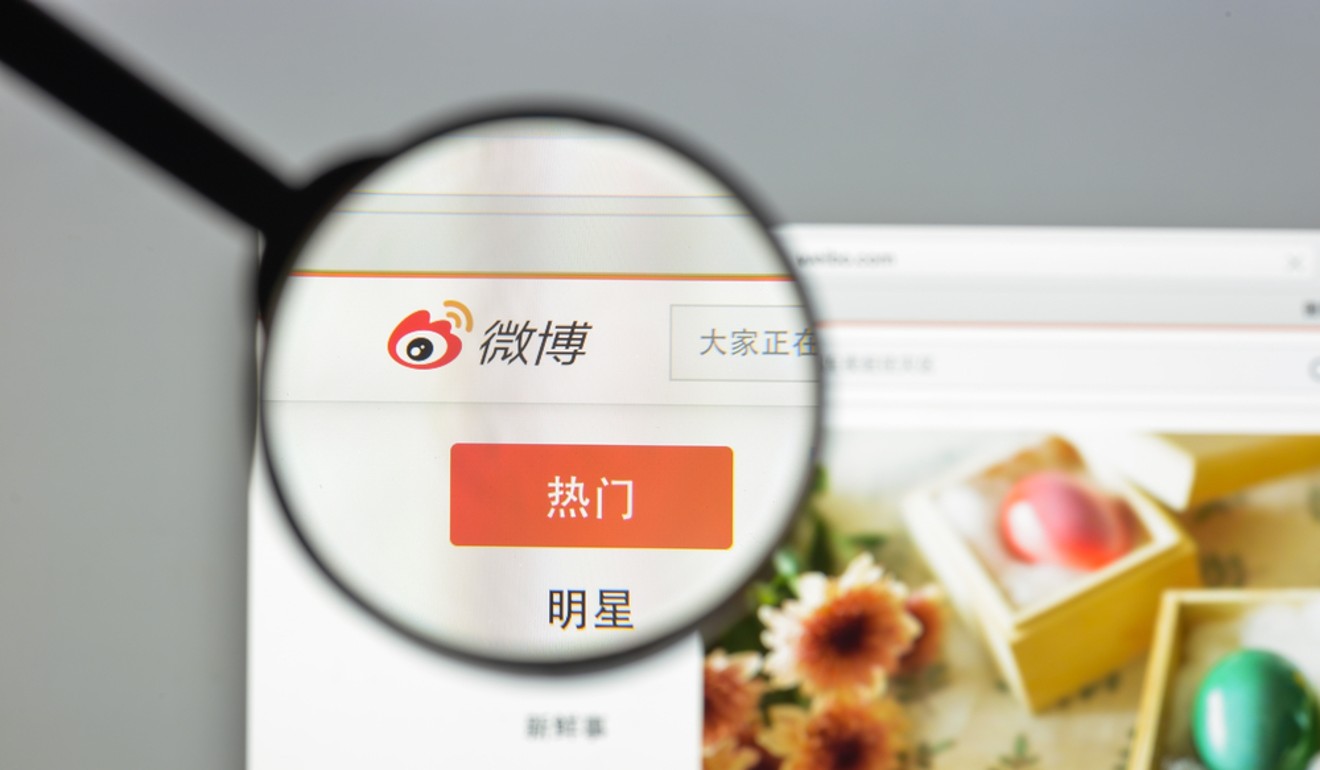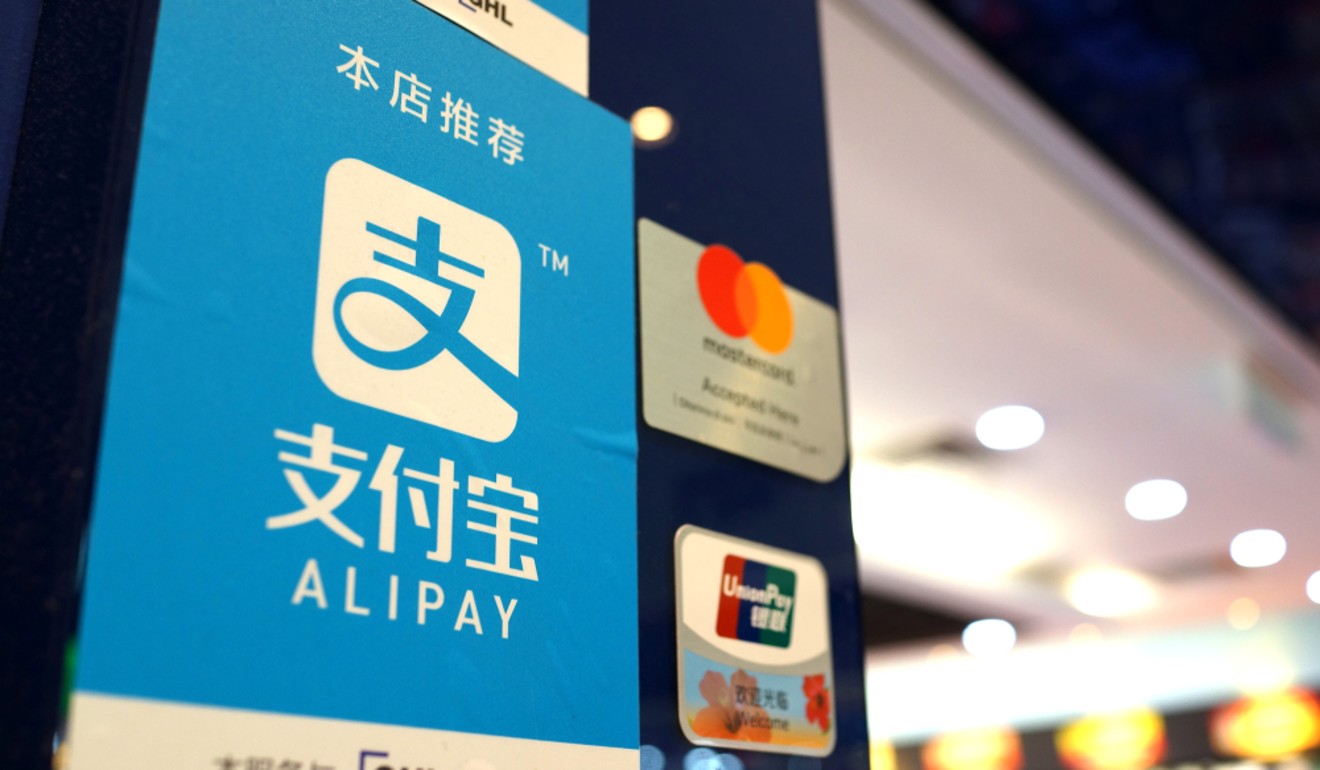China faces social media crackdown as fake accounts threaten ecommerce credibility
- In China, commerce has been integrated into social media for a decade, so the use of fake social-media accounts to inflate business figures is rife
- The trend is warping Chinese ecommerce and eroding trust among consumers

There are roughly 337 million users on Weibo, the popular Chinese entertainment-oriented social-media platform. Roughly one-third of those followers have shared or liked Wait Wait Wait, the new music video from teen pop idol Cai Xukun, since it debuted in January. That is a remarkable number, given how fractious China’s social-media universe can be. It’s also almost certainly bogus.
As a recent documentary from China’s state-owned CCTV network suggested, the groundswell of popularity for Cai’s video was inflated by agencies buying support from fake social-media accounts.
While such accounts pose a problem all over the world, they’re thought to total as much as 40 per cent of all active users in China. The profusion is warping Chinese ecommerce and entertainment, not to mention eroding trust among consumers.
It’s true that Chinese social-media crackdowns have a sorry history. A campaign against fake social-media accounts, however, is one China’s internet users and businesses should really get behind.
The fake-follower problem has grown out of the unique role of social media in China. Elsewhere, platforms such as Facebook and Twitter are generally seen as places to exchange information. Efforts to market products or personalities are tolerated at best, and mocked as irritants at worst.
In China, commerce has been far more closely integrated into social media for nearly a decade now.
That is in part due to China’s rapid adoption of mobile-payment systems such as WeChat Pay, developed by Tencent Holdings Ltd, owner of the ubiquitous WeChat social-networking app.
These days, a user need only load money into an Alipay.com account, owned and developed by Alibaba Group Holding Ltd, to seamlessly buy, sell and receive tips within Weibo, which is also partly owned by Alibaba. (Alibaba is also the owner of the South China Morning Post.)
Social e-commerce can and will develop further outside China. It’s particularly potent there, however, because of a history of health, safety and authenticity scandals; trust in brands, retailers and other people is remarkably fragile.
Shoppers thus prefer to have someone they know – or think they know, like a favourite pop singer – recommend or sell products to them.
According to a 2017 survey, up to 70 per cent of Chinese consumers born after 1995 are open to buying products on social media, compared to 44 per cent of consumers elsewhere.
Data presented at a recent Chinese government-sponsored internet conference predicted that full-year social e-commerce sales would reach US$170 billion in 2018 and account for around one-third of China’s world-beating e-commerce sales by 2020.

Companies that want a piece of this business cannot just rely on reaching consumers using banner ads. Instead, they’re tapping into a US$17 billion Chinese “influencer” industry. In its most basic form, someone with something to sell hires an influencer to post about it on social media.
Fees are based upon follower size and the ability of a celebrity to boost engagement and sales. A major star with a large following can earn nearly US$150,000 for a single promotional post to her tens of millions of followers; a hobbyist with a devoted-but-niche following can earn in the hundreds of dollars.
Inevitably, the premium on being viewed as a person or product with an audience has given rise to businesses that sell followers.
They advertise and sell their services on the most popular e-commerce platforms, including Alibaba’s Taobao. Pricing is competitive, constantly falling and currently around US$0.003 per account.
And fake followers are just the start. As CCTV documented, many of the agencies that buy and deploy bogus accounts also sell the services of low-paid humans employed to spend their days liking and forwarding content.
Among their clients are some of the 178,000 Chinese government-linked social-media accounts (in December, they were ordered to stop buying followers).

This problem not only raises the costs of marketing in China, it undermines the credibility of China’s legitimate influencers and their agencies.
Meanwhile, quality is increasingly becoming an afterthought; young musical artists hoping to break through but unable to buy followers face steep resistance.
And, most importantly, the growth of influence marketing is eroding the trust that consumers thought they could find on social media in the first place.
A crackdown will not be simple.
The fake-influencer economy already exists on the perimeter of the legitimate Chinese economy; a ban would be nearly impossible to enforce and would simply push it deeper underground.

Nonetheless, the Chinese government’s recent focus on the problem is welcome. Weibo, in particular, could make a positive contribution by posting estimates of how many of a particular user’s followers are fake (several methods for assessing this exist, and Weibo periodically purges fakes).
That probably will not help the company’s earnings, but it’ll contribute to a better internet for China.